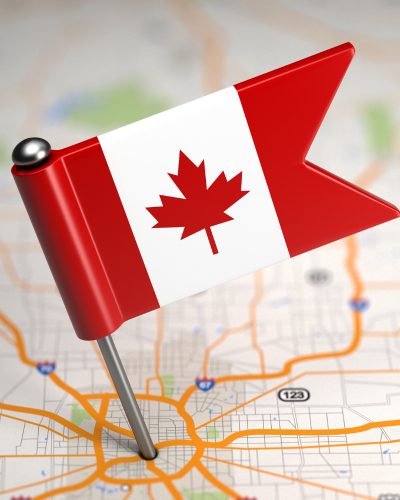
What is a PNP Work Permit?
A Provincial Nominee Program (PNP) Work Permit allows eligible foreign workers to work in Canada based on a job offer backed by a provincial nomination. It is part of Canada’s efforts to address local labour shortages by enabling provinces and territories to nominate workers who meet their economic and workforce needs.
If you have been nominated under a PNP stream and meet certain conditions, you may be eligible to apply for a closed work permit (employer-specific) without needing a Labour Market Impact Assessment (LMIA).
Who is Eligible for a PNP Work Permit?
To qualify for a work permit under the PNP, you must:
● Have a valid provincial nomination certificate
● Have received a job offer from a Canadian employer that aligns with your nomination
● Have a support letter (Letter of Support) issued by the nominating province or territory
● Intend to work in the province or territory that nominated you
● Apply before your nomination or job offer expires
📌 Some provinces require that you apply for permanent residence under the PNP before issuing a support letter for a work permit.
LMIA-Exempt but Employer-Specific
A PNP work permit is usually issued under the International Mobility Program (IMP), under LMIA-exemption code T13.
Although no LMIA is required, your work permit will still be employer-specific, meaning:
● You can only work for the employer listed
● The job role, location, and duration must match what is stated in the support letter
Required Documents
To apply for a PNP Work Permit, you will typically need:
● Nomination certificate from the province or territory
● Letter of Support from the province for a work permit
● Job offer letter and employment contract
● IMM5710 form (if applying from inside Canada)
● Passport (valid for the duration of the permit)
● Digital photo
● Medical exam (if working in a regulated occupation)
● Police clearance certificate (if required)
● Work permit fee: $155 CAD
Application Process
You can apply:
● Online via the IRCC portal (recommended)
● From outside Canada, inside Canada, or at a port of entry (in limited situations)
Steps:
1. Get your nomination and letter of support from the province
2. Gather your documents
3. Apply for your work permit through IRCC
4. Monitor processing times and biometrics requirements
5. Await your decision
Special Notes for PR Applicants
If you have already submitted your PR application under the PNP and your work permit is about to expire:
● You may be eligible for a Bridging Open Work Permit (BOWP)
● BOWP allows you to work without a job-specific permit while your PR is processing\
● To qualify, you must have an Acknowledgment of Receipt (AOR) and meet other conditions
Why Choose Sapra Immigration?
At Sapra Immigration Services Inc., our RCIC-led team ensures your PNP work permit application is:
● Properly aligned with your nomination conditions
● Timely, so you maintain legal work status in Canada
● Accurate, reducing risk of delays or refusals
● Supported with ongoing assistance for PR, extensions, or employer changes
We also support employers navigating the provincial nomination process.
Ready to Start Your PNP Work Permit Application?
Secure your future in Canada with the right support.
